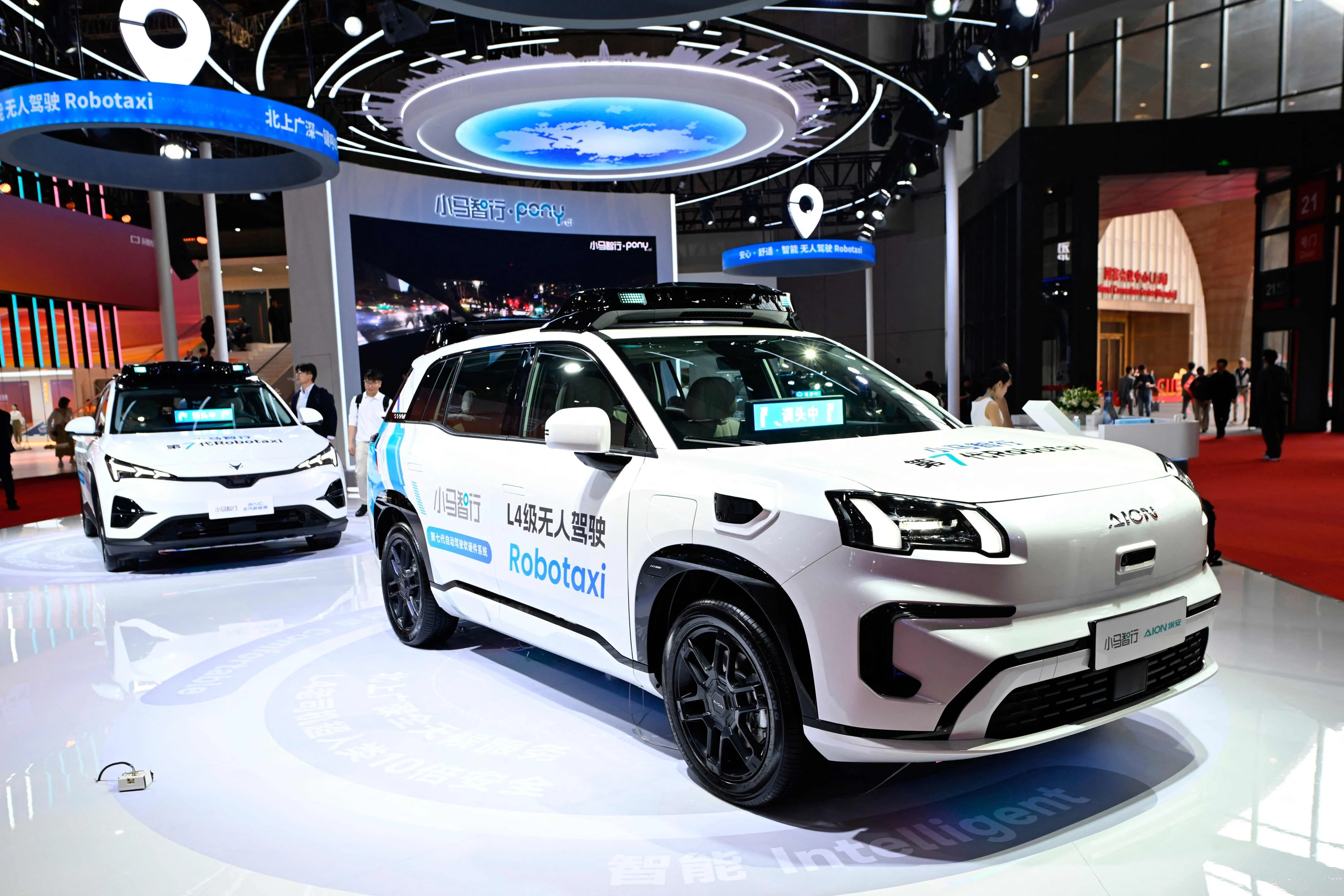Copyright scmp

In the 10th year since founding Pony.ai in the US, James Peng has completed the autonomous-driving company’s second share listing, with its debut on the Hong Kong stock exchange on Thursday coming less than a year after it started trading on the Nasdaq. “Because our home base is in China, I think listing in Hong Kong will definitely help us in terms of branding, in terms of the proximity to our home base,” Peng said in an interview. Based in Guangzhou and incorporated in the Cayman Islands, Pony.ai raised HK$6.7 billion (US$864 million) in its Hong Kong share offering. “By listing in Hong Kong, it also broadens our investor base,” Peng added. “A lot more Asian-based or Asian-focused investors can easily invest in us and become a good partner to Pony’s growth.” Peng, who hails from Yueyang, in central China’s Hunan province, studied at Tsinghua University and earned a PhD at Stanford University. He then worked at Google and Baidu before starting his own business in 2016 in Silicon Valley where “many cutting-edge technologies originate”. But from the very beginning, Peng knew he wanted Pony.ai to conquer China, “the world’s largest mobility market”. “We aimed to serve the China market,” he said. Pony.ai operates robotaxis and robotrucks. It also provides self-driving technology to car manufacturers and ride-hailing platforms, primarily in China, but also in the US, Europe and the Middle East. In September, Dubai’s transport authority granted Pony.ai and its competitor WeRide clearance to test their self-driving vehicles in the city. The same month, Pony.ai said it would team up with ComfortDelGro to introduce autonomous-mobility services in Singapore “in the coming months”. Looking ahead on the eve of the company’s Hong Kong listing, Peng said no major barriers stood in the way of Pony.ai’s future progress, although the pace would be gradual. “I don’t see a single determining factor that prevents us from moving forward,” he said. Entering a driverless car for the first time, passengers are usually “a little bit nervous [and] very curious”, Peng said. “But typically after three to five minutes, whenever they feel our vehicles actually act like an experienced driver ... they start taking out their phone and they start to enjoy [the ride] or even take a nap.” As the industry was a new one with evolving technology and regulations, Peng said he envisioned an upwards spiral: leading players like Pony.ai would push the boundaries of policy, while supportive regulations would in turn fuel technological development. China’s passenger mobility market – representing consumer spending on shared mobility and private-car travel – was worth about US$1.5 trillion in 2024 and was expected to reach nearly US$2 trillion by 2035, according to data from Frost & Sullivan. Meanwhile, the total gross transaction value of China’s long‑haul trucking services in 2024 was US$547.7 billion, a figure that was projected to grow to US$860.9 billion by 2035, according to the researcher. Driverless taxis could eventually account for 6 per cent of mainland China’s taxi market, aided by advanced digital infrastructure and public acceptance, HSBC said in a report in July, without specifying a time frame. The mainland robotaxi market could eventually be worth about US$40 billion a year, the bank added. In the first six months of this year, Pony.ai generated about US$35 million in revenue. The company is expected to be profitable as early as 2028. After establishing its first Chinese office in 2017, Pony.ai obtained permits to operate robotaxis in parts of all four tier-one Chinese cities: Beijing, Shanghai, Guangzhou and Shenzhen. Still cautious, China has allowed testing of autonomous-driving technology and operation of robotaxis only in specific areas. More than 50 cities across the country have published regulations on autonomous driving or testing, according to Chinese media. On October 31, Pony.ai received a permit to operate robotaxi services across Shenzhen. Partnering with a local taxi company, Pony plans to deploy 1,000 of its latest Generation 7 robotaxis over the next few years. “This is actually a very important milestone for Pony.ai and for the industry as a whole,” Peng said. “Whenever you go to Shenzhen, you should be able to use the Pony.ai app, or some third party ride-hailing apps, and you’ll be able to enjoy robotaxi rides.” Currently, the service is only available in two of the city’s districts.



